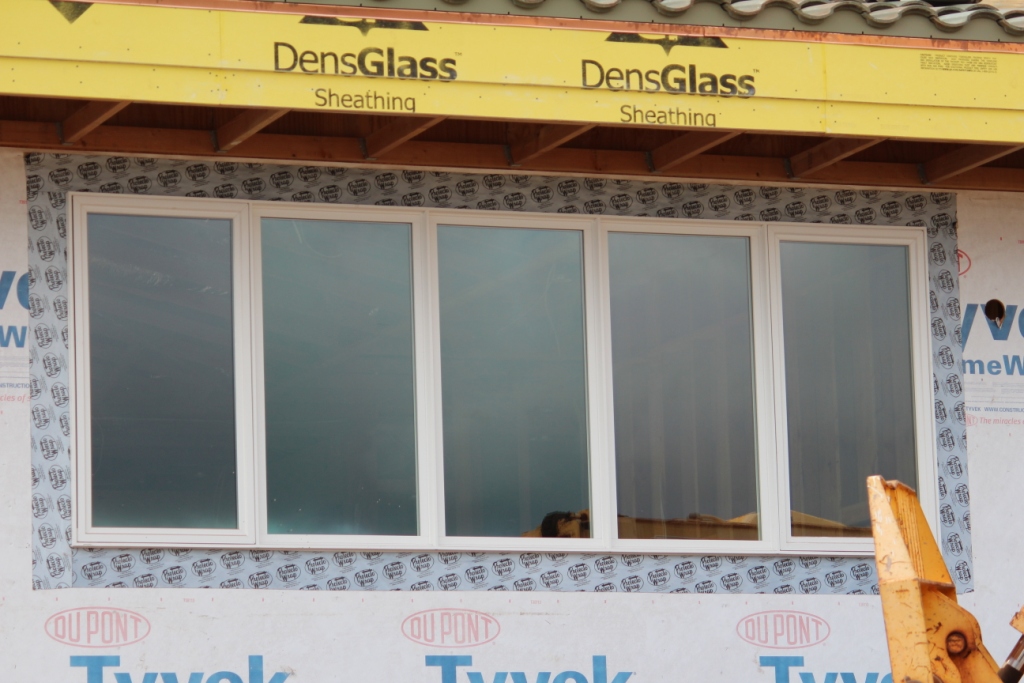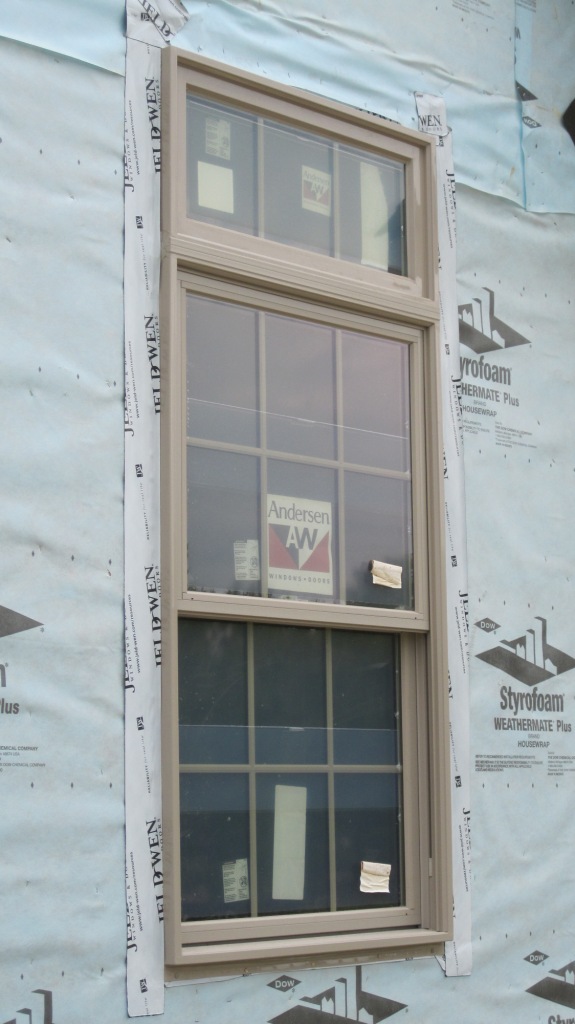Install New Windows: Tips for Owner Builders
0 Comments | Posted by armchairbuilder in Build Your Own Home, Owner-Builder, Quality Check
You typically install new windows in your dream home project at the end of the framing activity. There are so many things that can go wrong with the installation, so we’ve decided to give you some professional general contractor tips for getting it done right. Don’t assume this is an easy process…every window and home is different. From the materials that make up the frame to the size and shape, each window has unique characteristics that require special consideration. For the sake of this article, we will be giving you quality tips for managing the installation…not a step-by-step guide to installing them yourself. Instead, we will include home builder secrets to preventing future hassles and discuss why you should typically leave the actual work to the pros.
Potential Problems
Before we get too deep into the best approach to install new windows in your new home, we should talk a little about what can go wrong. If you haven’t dealt with window problems before, it’s good to know what types of exposure you have as an owner builder building your dream home. Here are a few of the potential problems that can occur with your windows in your new home…
- Water Leaks – If you install new windows without properly sealing them, you may end up with water leaks. Repairing these can get very expensive after siding/cladding goes up…think brick, stucco or stone = huge hassles and costs.
- Air Leaks – A properly installed window provides a tight seal to the house and at the window itself. A poorly installed window can create gaps at the jambs, checkrail and at the flange/house connection.
- Functionality – The locking mechanism should be rather easy to use. Likewise, the operation of the window should be smooth. If you install new windows out of square they will many times be difficult to operate. Similarly, a vinyl window that has brick or stone set too close can buckle and move during settlement of the home.
Tips to Install New Windows in Your New Home
Have the window supplier install new windows. This will prevent the “finger pointing” problem when something goes wrong where the supplier blames the issue on the installation and the installer says it’s a window problem. Been there…done that. These situations are no good…and usually the homeowner is the one who pays with headaches and hassles. If the supplier can’t install for you, be sure to go with a company that is very familiar with your windows and the manufacturer installation guidelines. Just as each window is very different in style and operation, the installation can be equally different from window to window. If a given installer works with a particular manufacturer on a regular basis, they will be more familiar with the requirements.
Use only AAMA (American Architectural Manufacturers Association) certified or trained installers. This certification helps ensure your windows will be installed with the highest quality methods. This is very important as it pertains to sealing up the window to the sheathing/housewrap. One of the biggest problems when you install new windows in new construction is the weatherization. Weatherization refers to the process of sealing up the opening so no water or air drafts get in. When an installation goes wrong, it usually doesn’t show up until all the siding and finishes are in place. At that point, it can get very expensive to make repairs as brick and stone will most likely need to be removed. Have you ever seen mortar on a home where the color doesn’t match the rest?
Read the manufacturer’s instructions carefully. Manufacturers give detailed instructions on how to install new windows. And believe it or not, each one is very different from the next manufacturer. It’s important to follow the directions as any deviation can void your warranty. It’s never fun to find out your windows that come with a ten year warranty won’t be covered because they were installed incorrectly. These instructions don’t just concern the window itself…it also involves the materials surrounding the window. For example, we built a house that had a brick elevation and the mason installed brick up tight to the windows. Normally you would think this would be a good thing to help keep water out. Unfortunately, the house settled over the next year and the window settled with the framing and the brick stayed put since it rests on the foundation. This settlement put major stresses on the vinyl window causing it to deform and stop closing properly. The manufacturer’s instructions called for a 3/16 inch gap between the masonry and the window frame.
Choose a window with a solid warranty. There are a few window manufacturers that have lifetime warranties that are good for as long as you own the home. Check to make sure the warranty covers both labor and materials. This is important as the labor can be considerably more expensive than the materials needed.
We’ve built hundreds of homes over the years and have dealt with many window problems. When you install new windows in fifteen to twenty-five different openings in a home, it’s important to make sure everything is done properly. So make sure you carefully read the manufacturer directions and check to make sure your installers are following them. And whenever possible, have your supplier install the windows to avoid “finger pointing” if a problem comes up.
Are you thinking about building? Would you like to manage the process yourself and save money? Stop by our How to Build Your Own Home resources page for more information. You can also follow along in your weekly blog series, How to Build a Home. Sign up for our RSS feed to get the latest updates.




